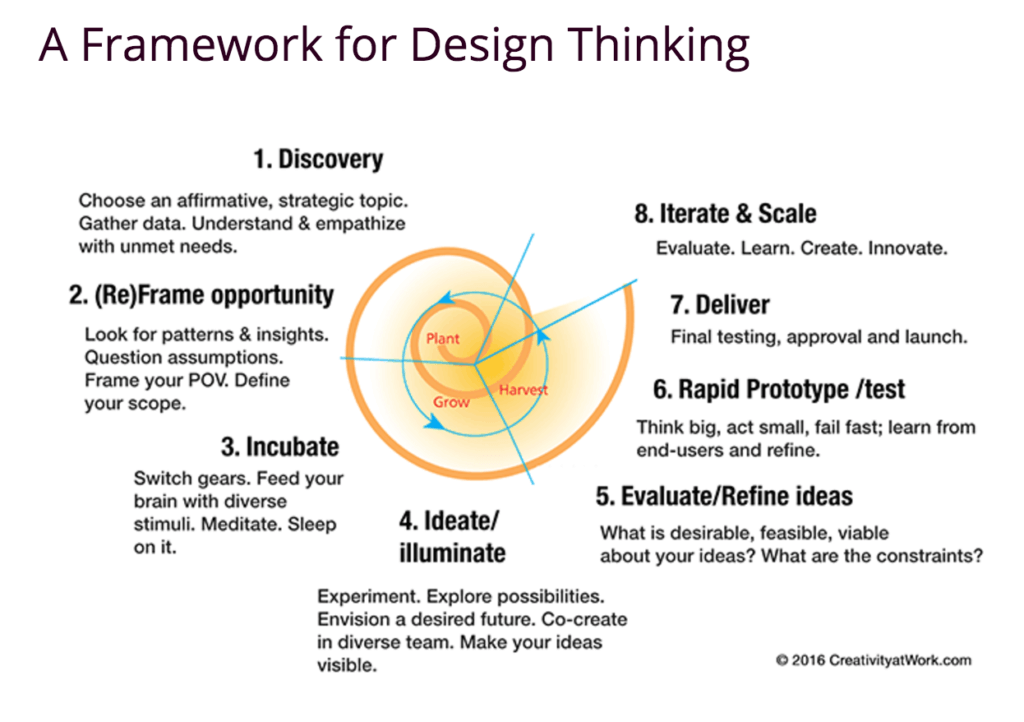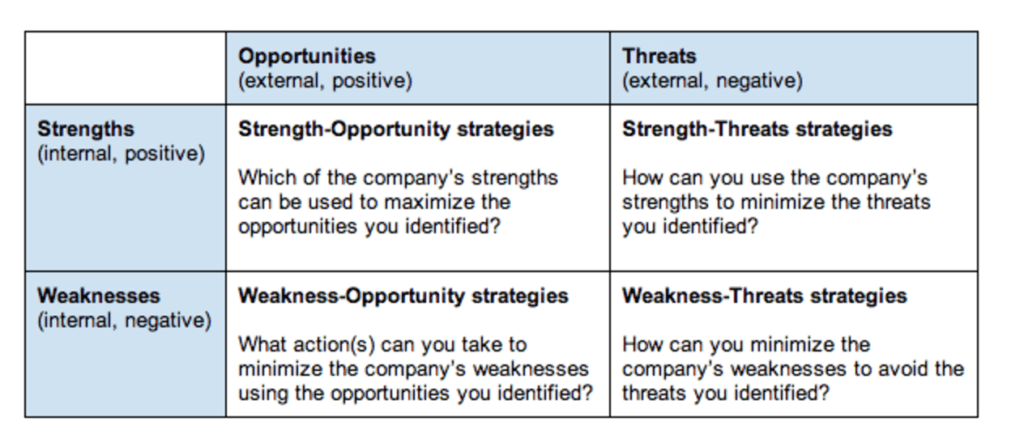The Best of Corporate Strategy & Execution
Business change can be hard. Everything from managing the disruption of digital transformation, integrating agile business practices, building a culture of innovation or shifting business priorities to monetize new revenue streams, requires significant change throughout the entire operation. That’s why many companies have relied on organizational methods and strategy-making processes for years, in order to make the “business of change” easier and more effective.
There are three well-known models when it comes to building strategy: RACI/RACSI, Design Thinking, and SWOT analysis, each with their own unique value. Separately these models are effective in guiding companies through change, but together, can be truly transformational.
The RACI/RACSI Model
RACI stands for Responsible, Accountable, Consulted and Informed – the S is sometimes included and stands for Supported. This model is one of the most popular methods for assigning responsibility in organizational change processes. To generate organizational change, team members need to “do” something, and the RACI model makes clear what should be done and by whom. It helps identify key tasks and activities that don’t have a lead responsible party (therefore they may not get done in a timely fashion), tasks that have more than one lead responsible party (therefore they might lead to confusion) and tasks that have many responsible parties all with unique skills (therefore the task should be broken down into sub-tasks). RACI empowers individuals in an organization with the autonomy to take charge and accomplish a task or activity promptly with a team of supporters.
Design Thinking Tool
A “hot” strategy tool of the moment is Design Thinking, a process that sets the framework around business innovation by using the best practices of design. When considering adding a new product or service, or even making internal process changes, this method helps increase the time to implementation while lowering risk and cost of mistakes. Design Thinking employs some iteration of the following steps: Discovery, (Re)Frame the opportunity, Incubate, Ideate/Illuminate, Evaluate/Refine, Rapid Prototype/Test, Deliver and Iterate to help companies understand and promote innovation that contributes to organic growth.
Explained in a different way, Design Thinking guides companies to invent “a future state” by immersing themselves in their customers’ experience, test ideas through “good enough” products and experiences, bring new products and offerings to life and figure out manufacturing and distribution logistics to enable growth. Design Thinking enables rapid innovation without fear of expensive mistakes and enables the real-time responsiveness so critical to the digital age.

http://www.creativityatwork.com/design-thinking-strategy-for-innovation/
SWOT analysis
Finally, the SWOT analysis – a classic business planning tool that companies use to assess Strengths, Weaknesses, Opportunities, and Threats for a company and within its market of competitors. A SWOT can help a company explore the possibility of new initiatives, make decisions about new policies and identify areas for change. It can be used again and again throughout the cycle of change making as results are determined. From an initial SWOT analysis, an organization can build strategies to maximize strengths and opportunities and minimize or eliminate weaknesses and threats.

http://articles.bplans.com/how-to-perform-swot-analysis/
All of the above are excellent tools in their own right. SWOT defines possible strategic moves based on internal and external market factors, Design Thinking creates the environment needed for businesses to innovate and minimizes risks of offering new products and services, while RACI assigns the team to get tasks done. In toto, each model adds rigor to strategic planning while increasing efficiency to implementation and the overall odds of success.
Our vision at StrategyBlocks is to combine these models to offer the most cohesive, responsive and customizable strategy possible to help organizations navigate the challenges related to change. As no effective strategy exists in a vacuum, we aim to take these three methods (along with several others) and breakdown changes into bite-sized strategic moves to offer a strategy tool that is holistic and transformational.




Leave A Comment